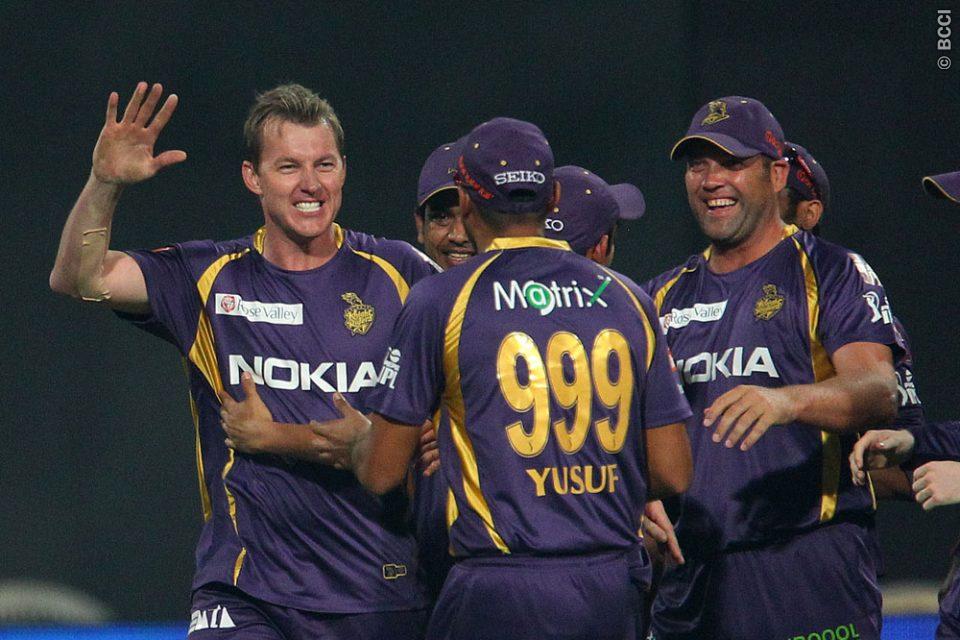The myths & truths of T20 bowling – RP Singh RCB
Simplicity is underrated. How else would you explain the fact that the highest wicket-taking Indian pace bowler in IPL has played for four different teams?
Rudra Pratap Singh was the reason why Deccan Chargers lifted the IPL silverware in 2009 – he topped the wicket-taking charts and won the Purple Cap. Since then he has played for Kochi Tuskers Kerala, Mumbai Indians and now is part of the Royal Challengers Bangalore.
In RCB’s first two games of IPL 2013, RP Singh sat out. In the third, a home game against the Sunrisers Hyderabad, he was included in the XI and obliged with 3 for 27 in four overs. The wickets included that of a rampaging Thisara Perera (40 off 24 balls).
Currently, RP, with 77 scalps, is only behind Lasith Malinga and Amit Mishra on the list of all-time highest wicket-takers in IPL. And as he’s quick to remind, “Well, I was on the top once but now I’ve slipped to third.”
As one of the few bowlers who, after starting out as classical swing bowlers in Test cricket, have achieved remarkable success in the shortest format of cricket, we grilled RP on the nuances of bowling in T20s.
We asked him how much truth the clichéd notions like ‘T20 is a batsman’s game’ and ‘T20 has made bowlers defensive’ hold. We picked his mind on how he approaches a fast paced yet long tournament like the IPL and how this format has affected the psyche of a bowler.
And RP sure busted some myths about how bowlers feel about this slam-bang format. Here are some of the insights RP Singh shared with iplt20.com.
Myth: While bowling in T20, you have to bowl six different balls in an over.
“I generally bowl with the new ball and so my first priority is to swing the ball. Later on when the ball gets a bit old a bit of variation between yorkers is all you need. You don’t have to or need to try too hard in this format. Just keep it simple and do your basics right.”
Truth: Mental strength plays a huge role in a bowler’s T20 success. The abilities to back himself and outthink the batsman are the keys.
“I had a chat with Wasim Akram last to last year and he told me that try to observe the batsman’s feet movement, his body language and try figuring out what he’s thinking. I did pick a lot from that conversation and it helped me a lot. But personally I think that IPL is all about backing yourself as a bowler. You should truly believe that you can get the batsman out. That’s the most important thing.”
Myth: Twenty20 is a batsman’s game
“Irrespective of the format, if you want to win a game of cricket, you have to have good bowlers. Without the right bowlers you cannot defend any total. Yes, the bowlers are not as popular as the batsmen but they hold the key to winning matches. The batsman may have the licence to go big but at the end of the day, it takes only one ball to get him out. As a bowler, that’s always on my mind that no matter how many runs he scores off me, I just need one good ball to get him out.”
Truth: T20 has made bowlers smarter
“Because of the T20 format, we’re getting better and better at finding new variations and different ways to fox the batsmen. Yes, I’d say that the T20 format has made bowlers smarter. Also, in T20 cricket, if you’re sharp and canny, you’ll manage decent success even without exceptional skills. That’s the difference between Test cricket and T20s.”
Myth: T20 has made bowlers defensive
“When we started out playing this format, we had that mentality that in T20s you should ensure you don’t give away runs and just look to build pressure. But eventually the bowlers have now realised that it wasn’t the right way of playing cricket. We have to bowl to pick wickets and the runs will automatically come down.”
source: iplt20.com




Comments
Post a Comment